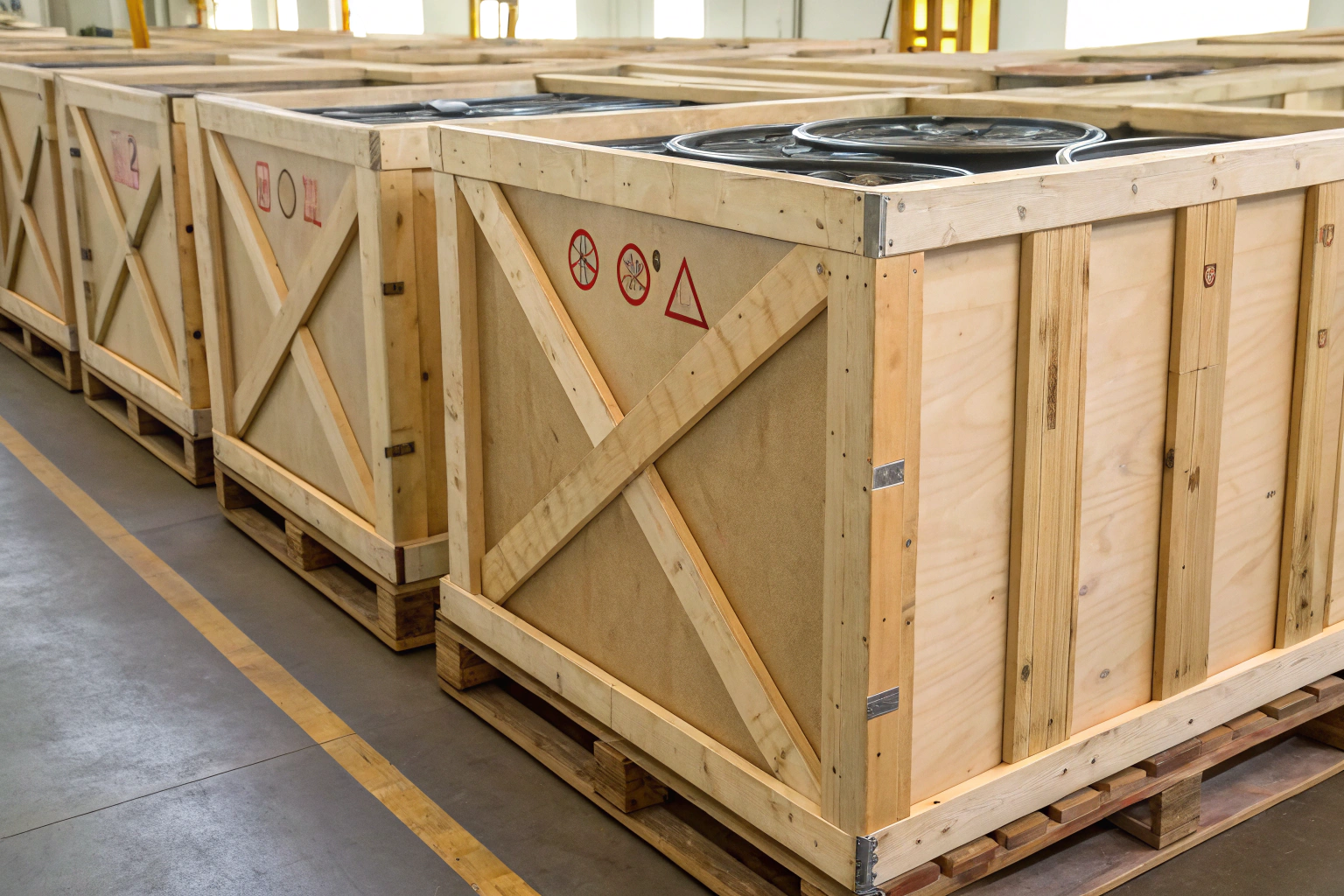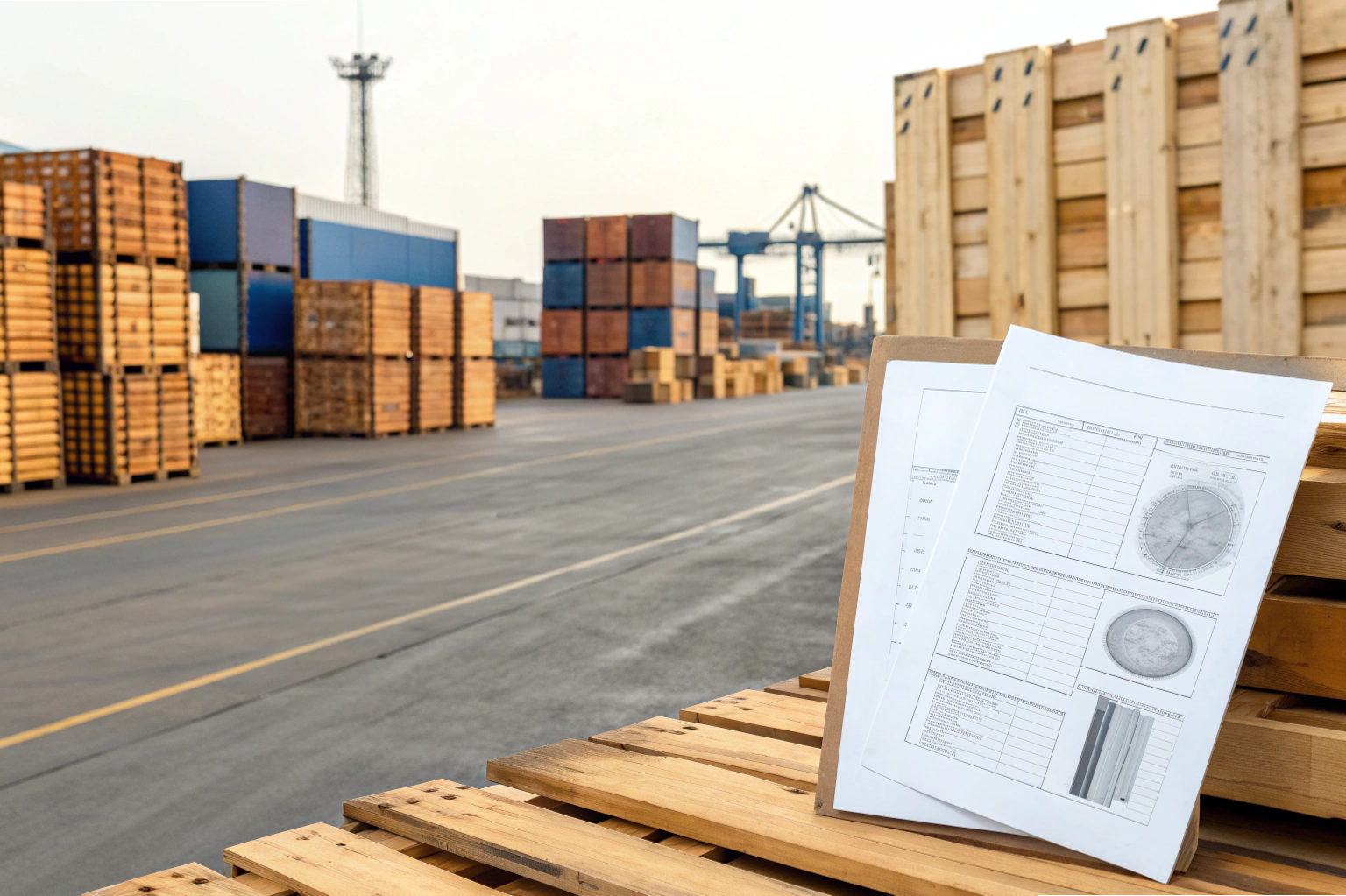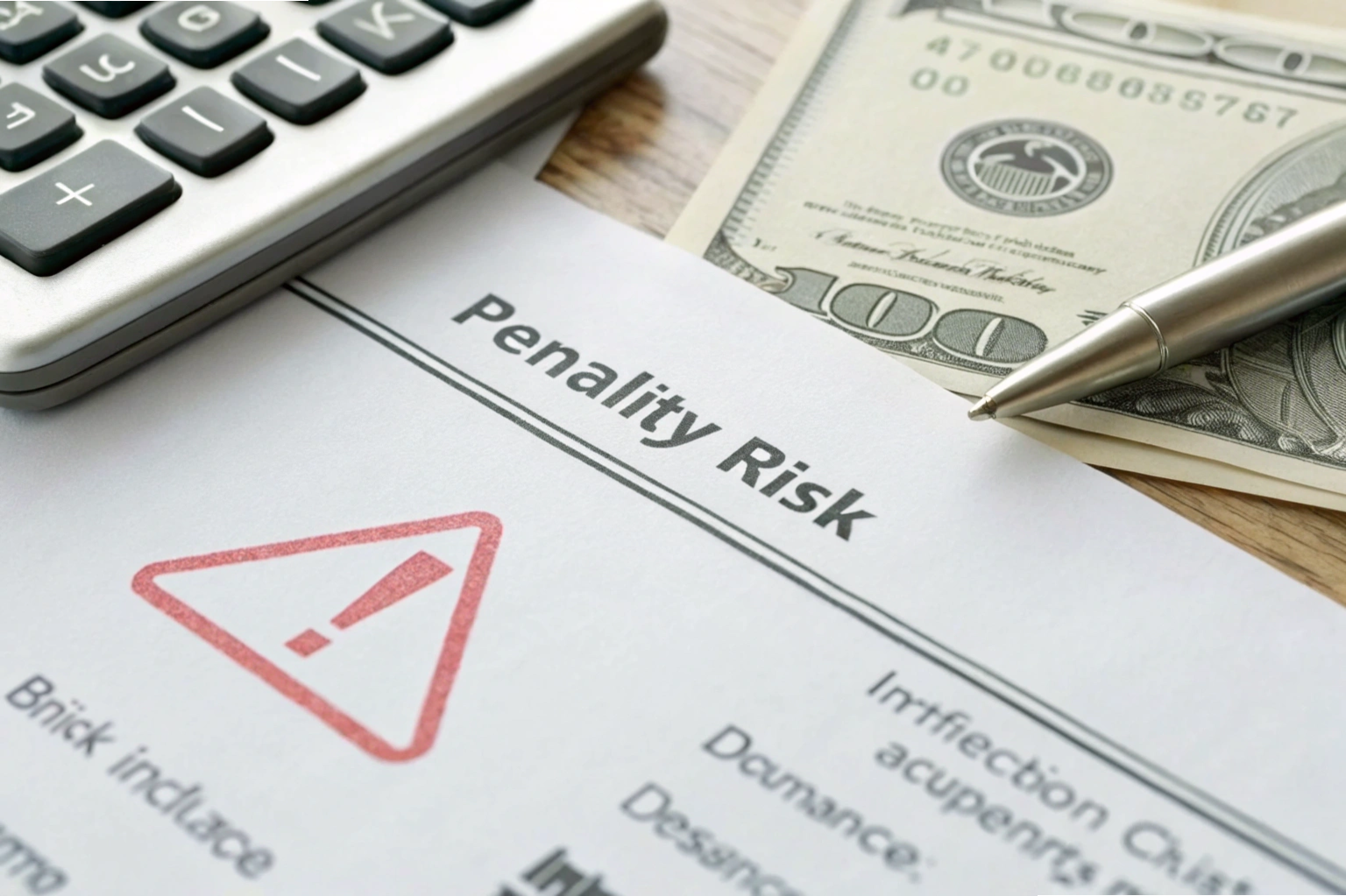
I once had a shipment detained in U.S. customs just because the wooden crate lacked an ISPM 15 stamp 1. That minor oversight delayed delivery by two weeks.
To meet U.S. import regulations, your packaging must comply with ISPM 15, include proper country-of-origin labels, and avoid restricted substances—especially if using wood, adhesives, or corrosion inhibitors. 2
Let me show you exactly what rules apply and how to avoid costly customs delays.
What U.S. packaging regulations apply?
Many importers think packaging is a simple matter, but the U.S. has detailed requirements—especially for wood, chemicals, labeling, and even valuation.
The most commonly enforced rules cover wood packaging (ISPM 15), labeling (country of origin), hazardous chemicals in packaging, and packaging value in customs declarations. 3

Key U.S. Packaging Regulations for Importers
| Regulation Area | What It Covers | Agency |
|---|---|---|
| ISPM 15 | Heat/fumigation treatment + stamping of wood packaging | USDA APHIS / CBP |
| Toxic Substances Control Act | Prohibits certain chemicals in adhesives/inks/films | EPA / CPSC |
| Country-of-Origin Marking | “Made in Vietnam” must appear on part or its container | U.S. CBP |
| Valuation of Packaging | Packaging cost is generally included in import valuation | CBP |
| FDA / Title 21 | Food-contact or medical packaging safety (if applicable) | FDA |
| DOT / USPS Regulations | Domestic U.S. transport rules for labeled cargo | DOT / USPS |
You should ask your suppliers not only to follow these rules—but also to document compliance with stamps, labels, and safety declarations. 4
Do wooden crates need ISPM-15 treatment?
Yes—this is the number one issue that causes delays or rejection at port.
Any solid wood packaging (pallets, crates, dunnage) entering the U.S. must be ISPM 15 treated, stamped, and documented. 5

The ISPM 15 standard requires:
- Debarked wood
- Heat treatment (HT) or Methyl bromide fumigation (MB)
-
Visible stamp with:
- Country code (e.g., VN for Vietnam)
- Unique producer code
- Treatment type (HT or MB) 6
ISPM 15 Compliance Checklist
| Item | Required? | Notes |
|---|---|---|
| Wood must be debarked | ✅ Yes | No bark allowed on packaging surfaces |
| Heat-treated or fumigated wood | ✅ Yes | HT is most common, MB less preferred due to toxicity |
| ISPM 15 stamp on all wood | ✅ Yes | Must be legible, on at least two opposite sides |
| Documentation (cert or invoice) | ✅ Yes | Helps customs clear faster |
| Composite wood (e.g. plywood) | ❌ No | Usually exempt from ISPM 15, confirm on quote |
If your packaging uses plywood or MDF (which are considered processed wood), no ISPM 15 treatment is needed—but still, it’s best to confirm with customs broker. 7
How to verify supplier’s compliance?
I’ve found that many Vietnamese suppliers aren’t 100% familiar with U.S. packaging laws unless you walk them through it.
You need to specify all packaging compliance requirements clearly in your RFQ or purchase order—and follow up with checks before shipment. 8

Steps to Confirm Compliance:
-
Include ISPM 15 wood requirements in your RFQ
- “All wooden crates and pallets must be heat-treated and stamped to ISPM 15.”
-
Request material declarations for packaging materials
- Especially for VCI films, plastic wraps, glues, and foams
- Ask for confirmation that packaging is free of restricted chemicals 9
-
Check carton labeling requirements
-
Cartons should show:
- “Made in Vietnam”
- Net weight
- Handling symbols (if fragile, upright, etc.)
-
-
Ask for photo proof before shipment
- Request images of crate stamps, labels, and packing method
-
Review documentation
-
Invoice and packing list should describe:
- Packaging type
- ISPM certification
- Country of origin statement
- If EEI is required, ensure packaging is included in AES filings
-
Supplier Compliance Review Checklist
| Compliance Item | What to Ask or Require |
|---|---|
| ISPM 15 stamp on wood | Photos and crate-side view |
| Material safety for packaging | Certificate or email declaration |
| Country-of-origin label | On part or outer carton |
| Labeling layout | Review sample images or printed layout |
| Inclusion in invoice & packing list | List “wooden crate, ISPM 15 treated” if applicable |
By using this checklist, you avoid guessing. It’s the only way to ensure your goods don’t get rejected at U.S. ports.
What happens if packaging fails regulation?
If your shipment arrives at a U.S. port with non-compliant packaging, customs officials will act fast—and not in your favor.
Noncompliance can lead to fines, re-exportation, re-treatment, or destruction of the packaging—and, in some cases, delayed or rejected entry of the goods themselves. 10

Common Consequences:
-
Refusal of entry
- U.S. Customs and Border Protection (CBP) may deny port entry until compliance is proven
-
Mandatory fumigation or destruction
- Packaging may be destroyed or re-treated at port—at your cost
- Fines or penalties
- Shipment delays (weeks)
- Reputational damage
You might think: “That won’t happen to me.” But it can. Even a missing stamp or unlabeled carton can trigger these actions. That’s why every shipment must follow rules exactly—no shortcuts.
Conclusion
To comply with U.S. import rules, make sure your packaging uses ISPM 15-treated wood, avoids restricted chemicals, displays country-of-origin labeling, and includes full documentation. Always specify compliance in your RFQs and verify it before shipping.
Footnotes
1. Guidance on US imports of wood packaging material and ISPM 15 compliance. ↩︎
2. Overview of packaging regulation requirements for U.S. importers. ↩︎
3. Details on U.S. customs and agricultural requirements for wood packaging. ↩︎
4. Importance of documentation and supplier assurance in packaging compliance. ↩︎
5. Requirement for ISPM 15 treatment of solid wood packaging entering U.S. ports. ↩︎
6. Explanation of ISPM 15 mark, country code, treatment code and facility ID. ↩︎
7. Exemptions under ISPM 15 for processed wood materials like plywood. ↩︎
8. Supplier compliance checklist for packaging and export to the U.S. ↩︎
9. Verification steps for material declarations and labeling with packaging suppliers. ↩︎
10. Consequences of non-compliant packaging: delays, fines, re-treatment. ↩︎

